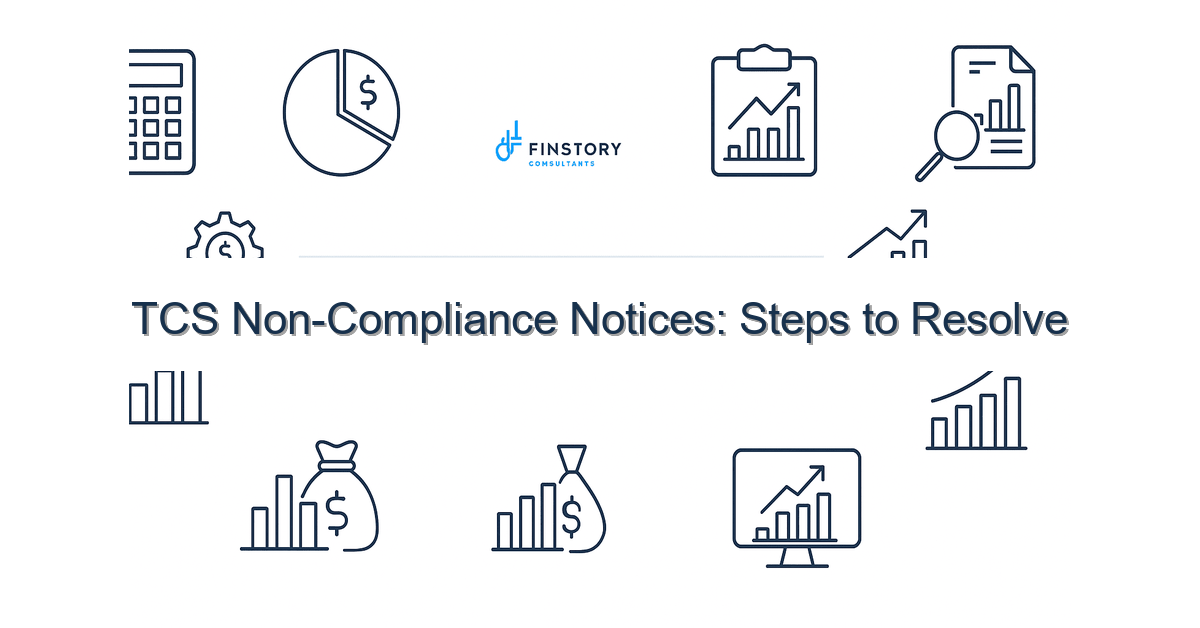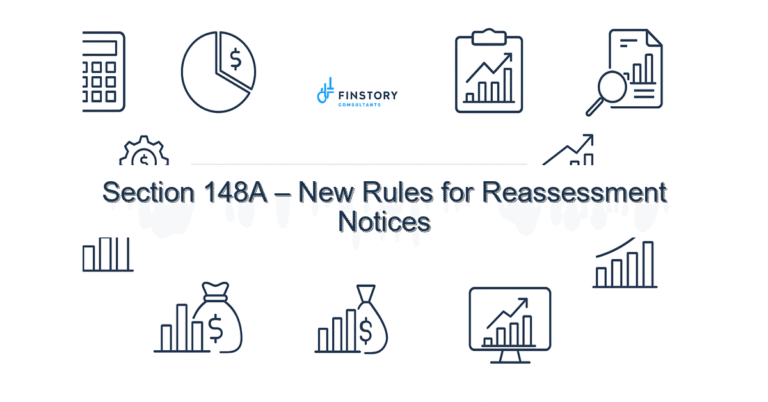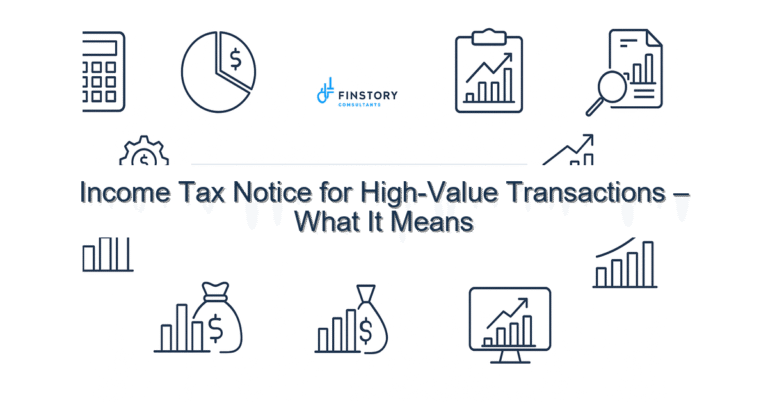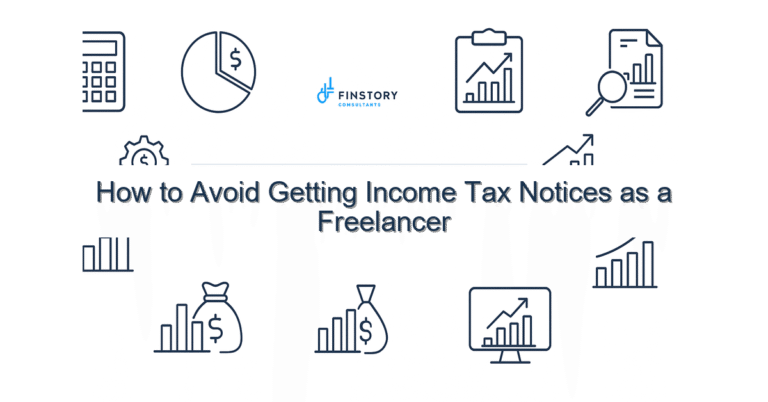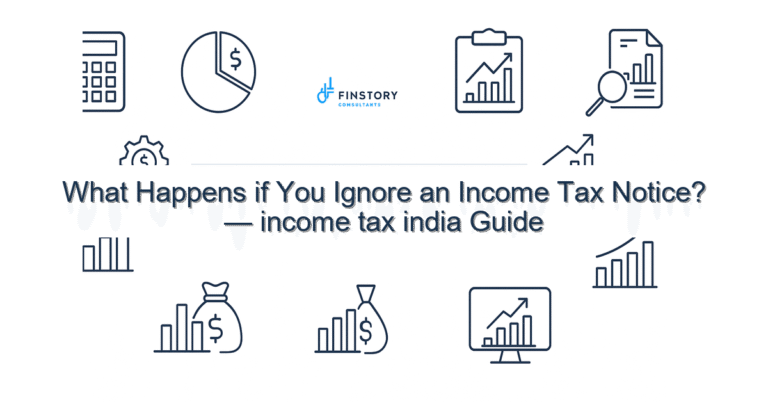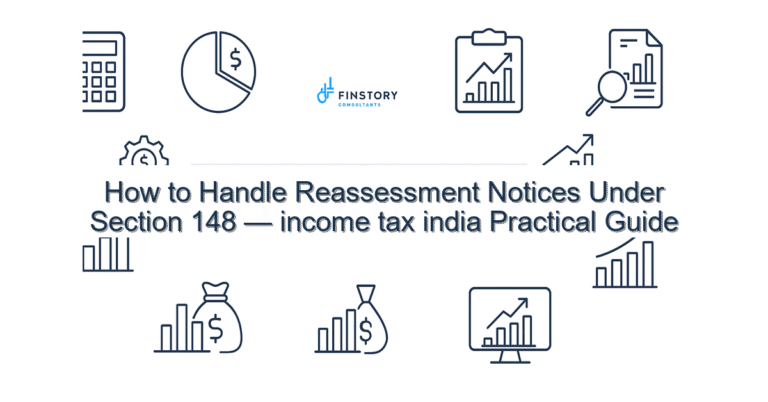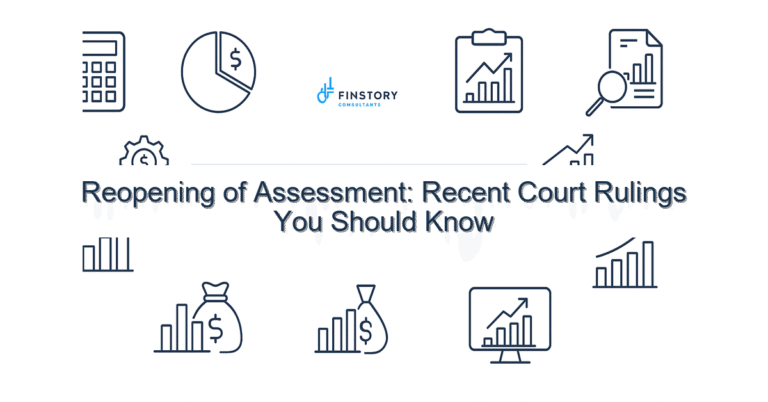TCS Non-Compliance Notices: Steps to Resolve
Getting a TCS non-compliance notice can feel like a sudden headache—unexpected, confusing and time-sensitive. You’re not alone: salaried employees, professionals, founders and MSMEs across India get these notices every year and often don’t know the fastest way to fix them.
Summary: A TCS non-compliance notice usually stems from a mismatch between what a collector filed and what appears on your AIS/26AS or ITR. The fastest path to resolution is to verify records, reconcile receipts vs ledger, respond with evidence to the tax department or collector, and — when needed — file a corrected statement or representation. Acting within CBDT timelines preserves refunds and avoids penalties.
What’s the real problem in India?
In India, TCS (Tax Collected at Source) notices often come because of data mismatches: the collector reported different amounts, the buyer’s PAN or GSTIN was incorrect, or the sale/return wasn’t reflected in AIS/26AS. Notices reference AY/PY and CBDT timelines and may request compliance under specific forms (e.g., corrections to Form 27EQ/27EQA or statements filed on the e-filing portal). For taxpayers unfamiliar with TDS/TCS reporting flows, the notice can be intimidating.
- Symptom: You see unexpected TCS entries in AIS/26AS or on Form 26AS.
- Symptom: The notice mentions a shortfall or mismatch for a particular PY/AY and asks for proof.
- Symptom: You were charged TCS by a seller (e.g., e-commerce or high-value goods) but can’t find matching receipts in your books.
- Symptom: A claimed refund is held up because of unresolved TCS mismatches around the ITR filing last date or earlier AYs.
What people get wrong
Many taxpayers panic or ignore the notice hoping it will go away. Others send incomplete responses or wrong forms — making the problem worse. Common pitfalls include:
- Assuming the collector is always right — sometimes the issue is a data entry error by the collector or a PAN/GST mismatch.
- Not reconciling TDS/TCS entries with bank statements, invoices and GST returns.
- Missing CBDT timelines for dispute or correction submissions and losing the chance to appeal or submit evidence.
- Believing that filing past the ITR filing last date absolves the mismatch; it doesn’t.
A better approach
Address TCS notices with a calm, documented, stepwise method. Below is a simple framework you can use:
- Immediate triage: read the notice carefully for AY/PY, amount, and referenced form or section.
- Reconcile records: match the TCS figure with AIS/26AS, your bank, invoices and GST returns.
- Collect evidence: invoices, payment challans, seller communications, proof of PAN/GSTIN quotes, and Form 27EQ or ledger entries.
- Respond formally: use the prescribed channel (e-filing portal or as per notice) and attach evidence; request correction by the collector if applicable.
- Escalate if needed: representation to the assessing officer or use prescribed appeal routes if the collector does not accept your evidence.
Real-world example: A Bengaluru e-commerce seller received a TCS shortfall notice of Rs. 45,000 for AY 2023–24. After reconciling AIS/26AS with bank statements, they discovered the buyer’s PAN had been entered incorrectly by the marketplace. A single corrigendum from the marketplace plus the seller’s reconciled bank proof resolved the notice in 6 weeks — no penalty.
Quick implementation checklist
- Open the notice and note the deadline and reference number immediately.
- Log in to the income tax india e-filing portal and download your AIS/26AS for the relevant AY/PY.
- Pull the collector’s TCS statement (Form 27EQ/statement) if available, or request it from the collector.
- Reconcile amounts with invoices, bank receipts and GST returns for the same period.
- Check PAN/GSTIN spelling/formatting errors in invoices and marketplace records.
- If error is on the collector’s side, request a corrigendum from the collector and get written confirmation.
- If the error is on your side, correct your records, pay any shortfall (if required) and prepare a formal response.
- Upload the response and all evidence to the e-filing portal or send it to the address on the notice. Keep delivery receipts.
- If the case is complex, book a tax consultation before replying — incorrect replies can cement disputes.
- Follow up: track status on the portal and keep a timeline of communications for appeals.
What success looks like
Resolving a TCS notice correctly gives concrete benefits:
- Fewer future notices — proper reconciliation reduces repeat mismatches.
- Quicker ITR processing and timely refunds — corrected AIS/26AS speeds up return processing.
- Lower penalties or interest — early corrective action often avoids penalties.
- Better bank and marketplace relationships — fixes can prevent withholding or future TCS overcharges.
- Clear audit trail for future AYs — organized evidence simplifies compliance for the new vs old regime slabs decisions and tax planning.
Risks & how to manage them
Risk: Missing the response deadline. Manage: act immediately, request an extension if needed and document the request.
Risk: Incorrect reply or missing documents. Manage: use the checklist above and consult a tax expert before submitting complex evidence.
Risk: Collector delays in issuing corrigendum. Manage: escalate formally and keep a record of follow-ups; consider an application to higher authorities if CBDT timelines are breached.
Tools & data
Use the following to speed reconciliation:
- AIS/26AS — check all TDS/TCS and other credits attributed to your PAN.
- Income tax India e-filing portal — respond to notices, download demand orders and view pending actions.
- TDS/TCS tracking tools or accounting software — match challan, invoice and bank data automatically.
- GST portal — reconcile GST invoices with TCS transactions where applicable.
- Bank statements and payment challans — prove receipts and tax deposits.
FAQs
Q: How quickly do I need to respond to a TCS notice?
A: The notice will state a deadline—respond within that period. If you need time to gather documents, acknowledge receipt and request reasonable time; keep written proof of your request.
Q: Will correcting a TCS mismatch affect my ITR or refunds?
A: Yes. Correcting the AIS/26AS entry or getting a collector corrigendum usually clears mismatches and helps your ITR process and refunds. Timely resolution can prevent hold-ups.
Q: What if the collector refuses my evidence?
A: If the collector rejects valid evidence, escalate to the assessing officer or file a representation. If unresolved, you can appeal following prescribed CBDT timelines—consult a tax professional to prepare the appeal.
Q: Does TCS relate to capital gains or deductions like Section 80C limit?
A: TCS is independent of deductions like Section 80C limit or capital gains indexation. But unresolved TCS mismatches can affect your overall tax computation and refunds claimed alongside capital gains or other incomes in your ITR.
Next steps
If you’ve received a TCS non-compliance notice, don’t delay. Use the checklist above to triage, reconcile and respond. If the notice is large, complex or involves multiple AYs, it’s worth getting professional help to avoid penalties and protect refunds.
For help resolving notices, reconciling AIS/26AS, or planning tax-efficient filings before the ITR filing last date — book a consultation.
[link:ITR guide] [link:tax-saving tips]
Work with Finstory. Speak with an Expert for a personalised plan to reduce your tax outgo and stay compliant. Book a free 20-min consultation.
📞 Need help with Income Tax in India?
Book a 20-min consultation with our tax team. Individuals, founders & MSMEs welcome.
Prefer email or phone? Write to info@finstory.net
or call +91 44-45811170.
